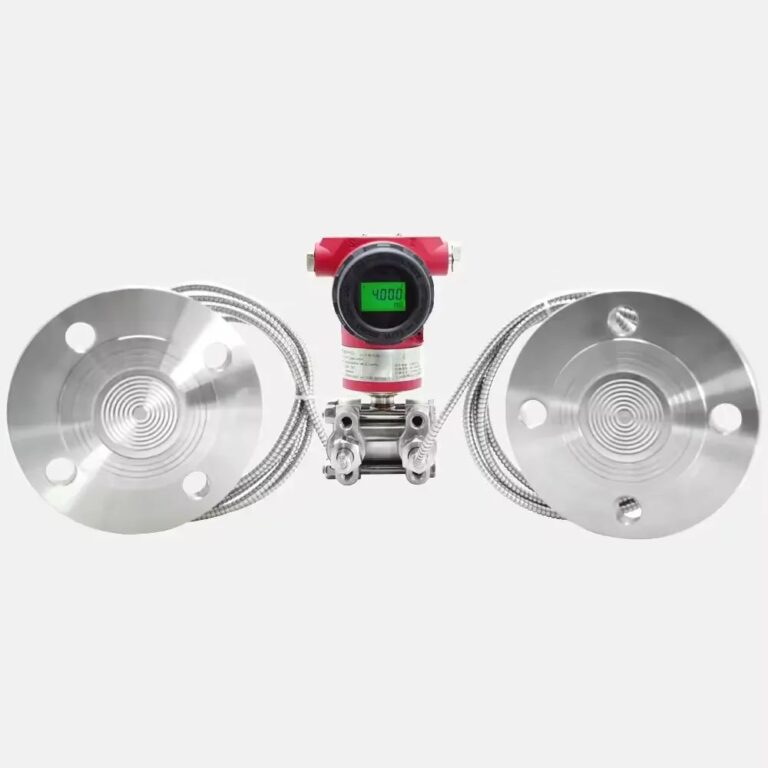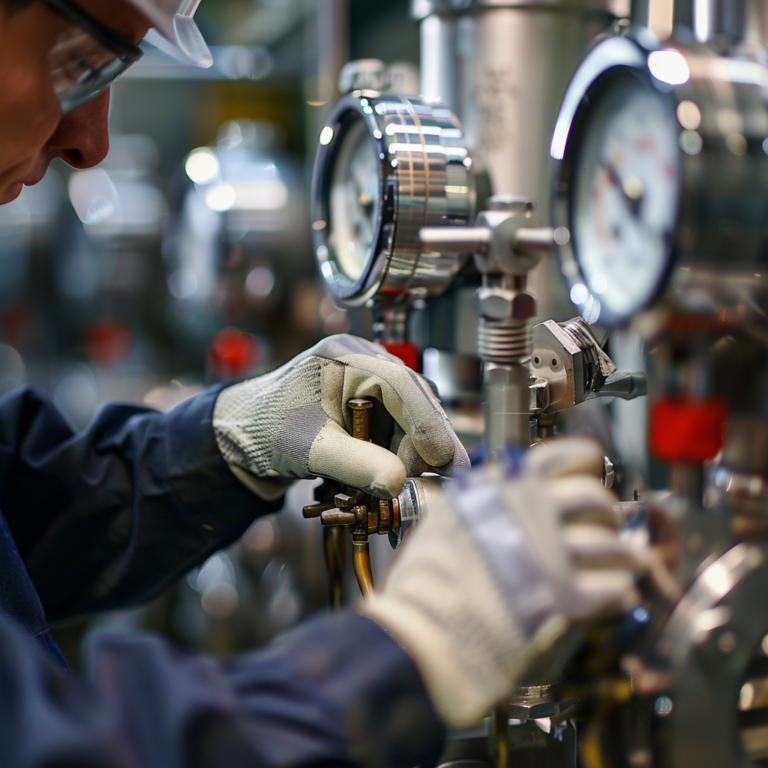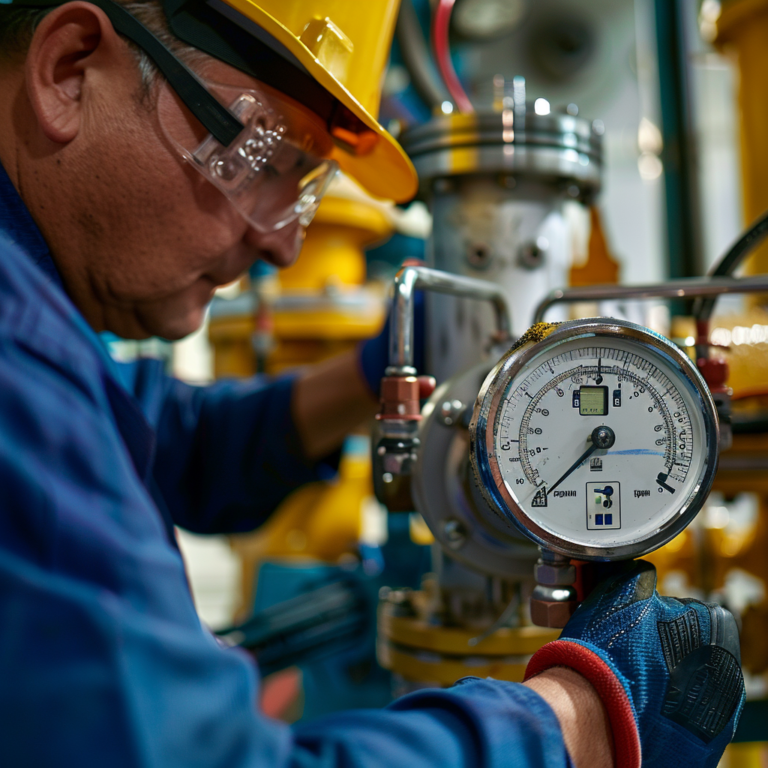Introduction
In industrial automation, pressure transmitters and temperature transmitters are two commonly used instruments for process measurement. Both play vital roles in ensuring the accuracy of operations, but pressure transmitters are particularly susceptible to zero drift, a phenomenon that leads to measurement errors over time. On the other hand, temperature transmitters experience this issue much less frequently. The underlying causes of zero drift in pressure transmitters are closely related to their operating conditions, structural characteristics, measurement principles, and technical limitations. This article provides a detailed analysis of the causes of zero drift in pressure transmitters, compares them with temperature transmitters, and explores methods to mitigate such issues.

1. Differences in Usage Requirements
Pressure and temperature transmitters are used in different contexts and have distinct operational requirements. These differences contribute significantly to the occurrence of zero drift.
Pressure Transmitters: In industrial applications, pressure transmitters often need to adjust their measurement ranges based on field conditions. For instance, in level measurement, especially within sealed containers, gas-phase media may condense, causing issues such as condensation in the pressure-sensing tubing. The liquid accumulated in the tubing, whether condensed water or vapor, can introduce errors in the measurement system, affecting the accuracy of the readings. To compensate for these discrepancies, zero drift adjustments are often necessary to eliminate the impact of static pressure from the liquid column in the pressure tube.
Temperature Transmitters: The working principle behind temperature measurement is relatively straightforward, typically involving the detection of temperature changes using sensors such as thermocouples or RTDs. Unlike pressure transmitters, temperature transmitters do not generally need to account for phase changes like condensation, and their measurements are directly correlated with the surrounding environmental temperature. As a result, they are less likely to suffer from the same zero drift issues.
Therefore, the zero drift problem in pressure transmitters primarily stems from the need to adapt to more complex field conditions, whereas temperature transmitters are less affected by these factors.

2. Structural Differences
The structural design of pressure and temperature transmitters plays a critical role in their sensitivity to zero drift.
Pressure Transmitters: These devices are typically installed at pressure measurement points, often in pipelines or at the lower section of vessels. The pressure-sensing tubes that connect the transmitter to the measurement point can be affected by temperature variations. In colder environments, condensation can fill the tube with liquid. When this occurs, the static pressure of the liquid column impacts the pressure measurement, leading to zero drift in the output signal. This is a common issue for pressure transmitters, especially in applications where the environment fluctuates in temperature.
Temperature Transmitters: Temperature sensors, such as thermocouples or RTDs, are installed in a much more direct manner, either in flowing air or liquid, or directly attached to the surface of the measurement object. These devices detect temperature changes without the influence of liquid columns or condensation effects. As a result, temperature transmitters are generally not susceptible to the same types of zero drift that pressure transmitters experience.
3. Measurement Principle Differences
The different principles of measurement between pressure and temperature transmitters also contribute to their varying sensitivities to zero drift.
Pressure Transmitters: These devices operate by detecting changes in pressure, which are then translated into physical responses from sensor elements, such as diaphragms or strain gauges. Pressure transmitters often require conversion of pressure signals into electrical signals. This indirect measurement method makes pressure transmitters more susceptible to environmental factors like temperature changes, medium flow, and installation positioning, all of which can lead to zero drift. Additionally, the measurement system’s reliance on pressure transmission from the medium (e.g., via tubing) can introduce errors, especially if the system is not correctly maintained.
Temperature Transmitters: Temperature measurement is based on direct physical phenomena, such as the thermoelectric effect (in thermocouples) or resistance changes in RTDs. These devices sense the temperature directly, and their measurement outputs are directly related to environmental temperature fluctuations. Since temperature transmitters do not rely on complex transmission mechanisms like pressure transmitters, they are much less prone to zero drift.

4. Technical Limitations
The complexity and technical limitations of both pressure and temperature transmitters further explain why zero drift is more prominent in pressure transmitters.
Pressure Transmitters: Some pressure transmitters are equipped with specialized functions, such as square root functions or differential pressure measurement capabilities. These advanced features complicate the calibration and adjustment process, making pressure transmitters more susceptible to zero drift. Moreover, pressure transmitters are often used in conditions involving high-viscosity or non-homogeneous media, which can affect measurement precision and stability. As a result, zero drift in these devices is more common and more difficult to avoid completely.
Temperature Transmitters: Temperature transmitters, in comparison, are simpler in terms of operation and are not as affected by complex factors like differential pressure or viscosity. Their calibration and installation processes are more straightforward, reducing the likelihood of zero drift.

Mitigation Strategies for Pressure Transmitter Zero Drift
To minimize zero drift in pressure transmitters, several best practices and maintenance measures can be implemented:
Regular Cleaning of Pressure Tubing: Condensation and debris can accumulate in pressure tubing, affecting measurement accuracy. Regular maintenance and cleaning of the tubing help prevent liquid buildup and static pressure effects.
Using Anti-Condensation Heaters: Installing heaters on the pressure-sensing tubing can prevent condensation in environments prone to temperature changes, thus reducing the chances of zero drift.
Proper Installation and Calibration: Ensuring that pressure transmitters are correctly installed in positions that minimize exposure to temperature fluctuations and ensuring regular calibration are essential practices to reduce zero drift.
Use of Specialized Materials: In applications with high-viscosity or corrosive media, using specialized materials that are less susceptible to the physical effects that cause zero drift can improve the stability of the pressure transmitter.

Conclusion
In conclusion, pressure transmitters are more prone to zero drift due to their complex operating environments, structural designs, and measurement principles. On the other hand, temperature transmitters experience less zero drift because of their simpler principles and direct measurements. To address zero drift in pressure transmitters, it is essential to take proper installation, maintenance, and calibration measures, including regular cleaning, the use of anti-condensation heaters, and ensuring proper system layout. While temperature transmitters are simpler to maintain, they still require attention to calibration, especially in extreme environments.
Both pressure and temperature transmitters play indispensable roles in industrial automation systems, and their reliability can be ensured with proper care and maintenance practices.
